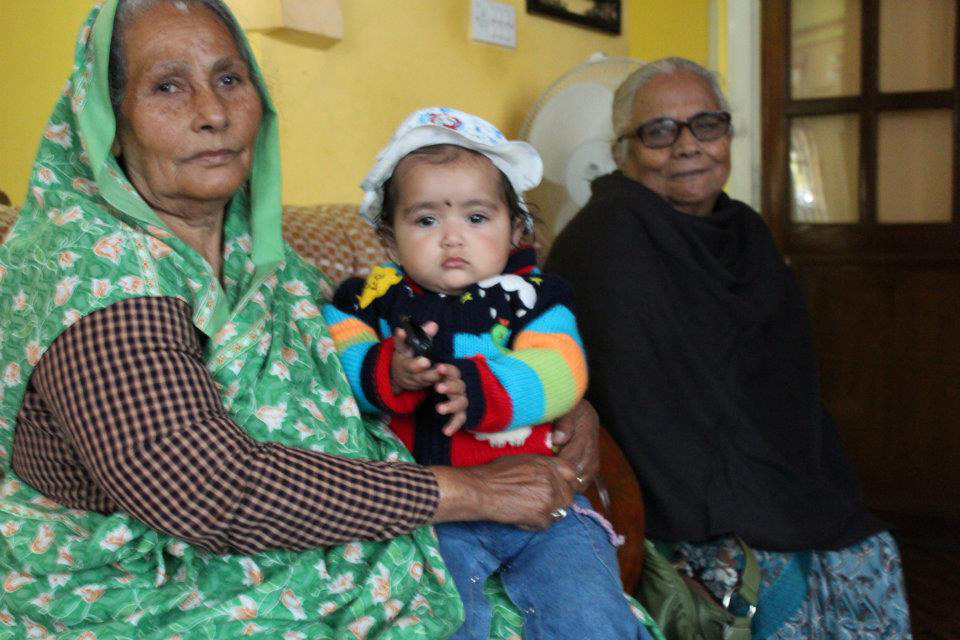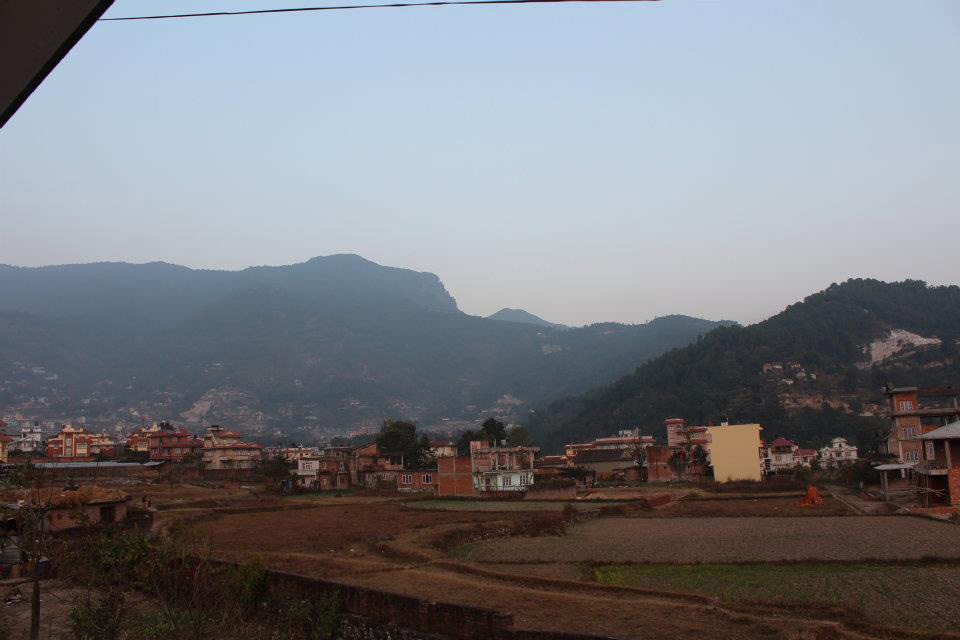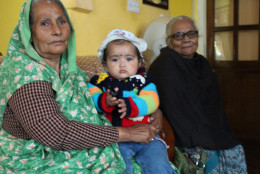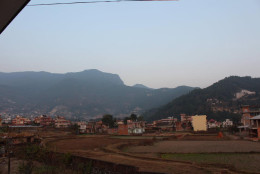



WASHINGTON — The call came at 4 a.m. Saturday. Rockville, Maryland, resident Namita Acharya got word of the massive earthquake in Kathmandu, Nepal, and scrambled to get in touch with her 84-year-old grandmother and her sister, residents of the largest Nepalese city.
Hours went by as Acharya tried to get in touch with her elderly grandmother who has a landline, but no mobile phone or Internet.
“We were not able to reach her for a couple of hours,” said Acharya.
That generated some near panic in Acharya until she eventually got through to her sister using social media.
The news was good — especially considering the severity of the situation. The earthquake is estimated to have killed more than 4,000 people. Acharya’s relatives’ homes were still standing, but they had taken to sleeping outside, like thousands of other quake survivors.
“The aftershocks have been really, really severe,” Acharya says, adding that at least one measured 6.7 on the Richter scale. “My sister says she feels like she’s walking on Jell-O all the time.”
Acharya says her nieces and nephews are also frightened of going indoors “because the ground seems to be always shaking.”
Acharya says the weather — wet with recent rains, and cold with overnight temps only in the 50s — has made staying outside uncomfortable and access to food and water is becoming more problematic.
“People desperately need help in terms of food, medical supplies and water,” she says.
Her sister told Acharya that initially the family was simply using their own supply of non-perishables, but that as time goes by, finding food at local shops — which sold out of their stock quickly — will be more and more of an issue.
Concern about how aid can get to residents is also an issue.
“The roads are in pretty good condition inside the cities,” Acharya says, but outside the cities, “even one hour outside of Kathmandu, there are just single-lane mountainous roads.”
And with aftershocks, the threat of avalanches blocking those more remote roads are a real threat, says Acharya.
There is a Nepalese community in the Washington, D.C., region, and Acharya says she’s getting in touch with others in an effort to generate fundraising. Acharya urges anyone who wants to help to make sure they contribute to reputable charities and organizations with a track record of working inside Nepal such as PlanUSA.
In the meantime, she remains in touch with family in Kathmandu and hopes for the best in terms of the recovery aid efforts.
WTOP’s Kate Ryan contributed to this report.




